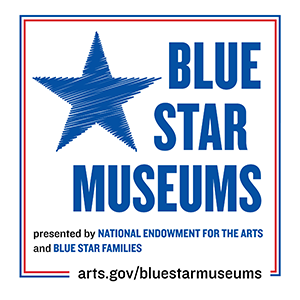A NEW HOME FOR AN INTERNATIONALLY RENOWNED COLLECTION OF ARTIST-BUILT ENVIRONMENTS
Bone towers built in a kitchen. Concrete sculptures constructed in a yard on the shore of Lake Michigan. Elaborate fiber hangings woven in a New York City loft. These works from the John Michael Kohler Arts Center collection exemplify the wide-ranging and complex artist-built environments contained at the Art Preserve.
The Art Preserve is an experimental space designed to house the Arts Center’s collection of over thirty-five artist-built environments. More than a building, it is a platform for ongoing explorations and investigations into these environments, their makers, and the Arts Center’s role as their institutional steward. It embodies the Arts Center’s conviction that significant, original, and compelling works of art are created everywhere, by people from a broad spectrum of life experiences.
Walking through the building provides a variety of encounters with methods of display and exhibition. Most of the sites represented in the collection have a designated, specially designed display area evoking an aspect of their original location. Some collections are arrayed on densely packed monumental shelves or racks meant to feel overwhelming, while others have been installed as completely immersive environments intended to be transportive.
Because the Art Preserve also serves as the active storage facility for the Arts Center’s collection, an area of museum operations not normally accessible to the public, visitors are invited to learn more about the collection while contemporary artists, conservators, researchers, and Arts Center staff address issues of presentation, conservation, and scholarship in real time.
What is an Artist-Built Environment?
At the John Michael Kohler Arts Center, we use this term to describe a unique form of art making encompassing spaces that have been significantly transformed by an artist to embody and express aspects of their history, place, or culture. Artist-built environments span many artistic practices, and their creators range from academically trained artists to self-taught and vernacular artists. The artists’ reasons for art making vary widely, and each offers a singular voice. By nature, artist-built environments are site-specific. The sites are often characterized by the artists’ access to materials, their particular surroundings, and modes of creativity sparked by regional traditions and customs. Sites may include sculpture, painting, found objects, or any number of other forms. To understand artist-built environments, the secret lies in the relationship between the artist and the place. This connection to place presents challenges for any institution involved in exhibiting, collecting, and preserving the works of art. When an environment enters the Arts Center collection, a “break” has occurred between the in-situ environment and the relocated components of that art environment. At the Art Preserve, large bodies of works from an environment are presented together, whenever possible, to evoke the integral qualities of the original site. In addition, the Arts Center incorporates a collaborative model that includes commissioning new works of art that respond to the environments.
The Building
The collection informed the shape and form of the building in two ways. As much of the collection was built and exhibited outdoors and draws power from this connection, the form of the building was influenced by this in the way that apertures have been placed throughout the space so the art has connections to the exterior. Whether it’s a grand view of the Sheboygan River across Lower Falls Road or a view to the adjacent wooded hillside, views and light have been curated to create an ever-changing space in which the art lives. The collection has been described as work built by humble people using humble materials to create extraordinary work. The materiality of the building follows suit by using regional river rock and timber in innovative ways. For example, the regional river rock has been exposed in the exterior concrete work and the polished concrete floors. The regionally sourced “timber shades” are used to shade the interior of the space to protect the collection, but they also represent the experience of the trees located on the hillside surrounding the building.
The Art Preserve building comprises approximately 56,000 sq. ft. of floor space over three stories, including more than 37,000 sq. ft. of dedicated gallery space with visible storage, an education area, a library, a study collection, and archive room. It is set on 38 acres, adjacent to protected property owned by Glacial Lakes Conservancy.
Ruth DeYoung Kohler's Vision
In 1983, John Michael Kohler Arts Center Director Ruth DeYoung Kohler was alerted to the life’s work of Wisconsin artist Eugene Von Bruenchenhein. Von Bruenchenhein had died just two weeks earlier, and a friend and advocate of the artist was desperate to draw attention to his relatively unknown production. Of her first trip to the Von Bruenchenhein home, located just outside Milwaukee, Kohler writes:
Without doubt, that first visit was the most astonishing and moving experience in the arts that I have had. Surrounded by relief heads of painted concrete—Asian warriors and royalty that served as sentinels—the Von Bruenchenhein home was painted inside and out in large shapes of vibrant colors: turquoise, bright blue, phthalo green, deep yellow, salmon, pink, and moody reds. The tiny foyer was stacked floor to ceiling with Kentucky Fried Chicken boxes filled with chicken bones from a nearby restaurant’s refuse—all to be used for Eugene’s exotic thrones and towers. Marie, then age sixty-two, allowed us to wander at will; seeing the immensity and power of Eugene’s output left me forgetting to breathe.
Kohler recognized that Von Bruenchenhein’s body of work needed to be seen en masse to fully represent his vision. Disregarding all the reasons not to, the Arts Center acquired six thousand Von Bruenchenhein objects, including photographs, paintings, and ceramic and bone sculptures. This acquisition marked the beginning of the Arts Center’s commitment to artist-built environments.





